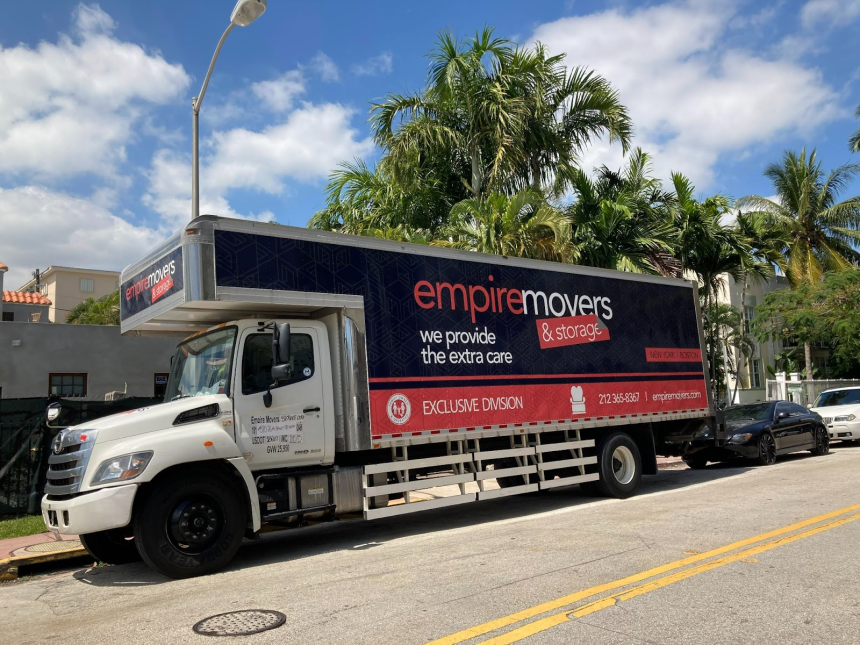Interior designers in New York City are constantly searching for ways to simplify and streamline their design process. One solution that has gained popularity in recent years is the use of receiving warehouses. In this article, we’ll explore how receiving warehouses are changing the game for interior designers in New York.
What is a Receiving Warehouse?
A receiving warehouse is a dedicated space where materials and products are stored, received, and managed before they are delivered to their final destination. Receiving warehouses are typically located near major transportation hubs and offer loading docks and other facilities to make receiving and shipping products more efficient.
How Receiving Warehouses Benefit Interior Designers
Organization and Storage
One of the most significant benefits of using a receiving warehouse is enhanced organization and storage. With a dedicated space to store and organize materials, interior designers can save time and effort by easily locating and retrieving materials when they need them. Additionally, a receiving warehouse provides ample storage space for materials and supplies, freeing up space in their studio or workspace.
Inventory Management
A receiving warehouse can help interior designers manage their inventory efficiently, ensuring that they always have the necessary materials on hand for their projects. This reduces the risk of running out of supplies or overordering, both of which can be costly and time-consuming. By utilizing a receiving warehouse’s tracking and inventory management systems, designers can keep track of their materials and ensure that they are well-stocked for their projects.
Efficient Logistics and Distribution
Another significant advantage of using a receiving warehouse is the streamlined logistics and distribution it provides. With a dedicated space for deliveries and pickups, interior designers can minimize disruption to their workspace and workflow. The loading and unloading capabilities of a receiving warehouse can also save time and effort on large projects, allowing designers to focus on the creative aspects of their work.
Cost-Effective
Using a receiving warehouse can be cost-effective for interior designers. By consolidating shipments and taking advantage of bulk discounts, designers can save money on materials and supplies. Additionally, using a receiving warehouse can help designers take on larger projects and more clients, which can increase profitability in the long run.
Examples of Interior Designers Using Receiving Warehouses
Many interior designers in New York City have already recognized the benefits of using a receiving warehouse. For example, a high-end residential interior design firm used a receiving warehouse to store materials for a large renovation project. By utilizing the warehouse’s loading dock and storage space, the team was able to receive and organize materials efficiently, freeing up time and space in their studio.
Another interior design firm used a receiving warehouse to store furniture and materials for a large-scale commercial project. By utilizing the warehouse’s delivery and pickup services, the team was able to manage the logistics of the project effectively, minimizing downtime and keeping the project on track.
Choosing the Right Receiving Warehouse
When selecting a receiving warehouse, there are several factors to consider. Location is an important consideration, as you want to choose a warehouse that is convenient for your clients and vendors. Security is also a critical factor, as you want to ensure that your materials are safe and secure.
Storage capacity is another key consideration, as you want to choose a warehouse that can accommodate your needs both now and in the future. You should also consider the warehouse’s loading and unloading capabilities, as well as any additional services, such as tracking and inventory management.
Conclusion
Receiving warehouses has become a game-changer for interior designers in New York City. By providing enhanced organization and storage, efficient logistics and distribution, and cost-effective solutions for managing inventory, receiving warehouses can help interior designers streamline their design process and take on larger projects. If you’re an interior designer in New York City, consider incorporating a receiving warehouse into your design process to save time, reduce costs, and increase profitability.













